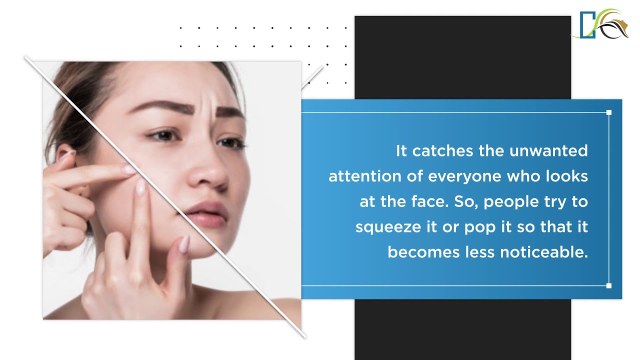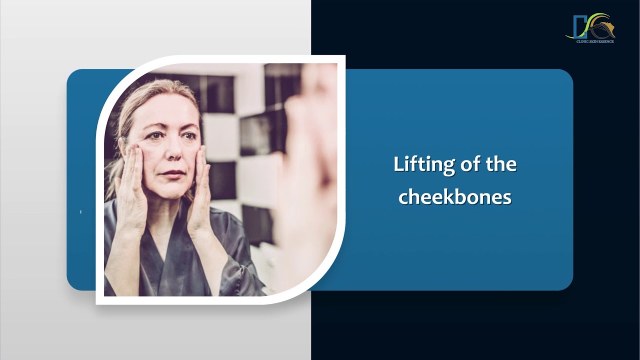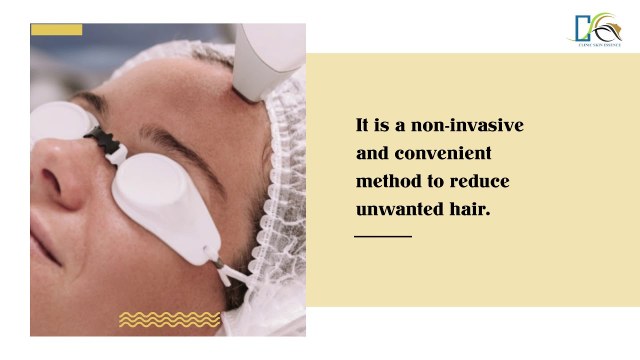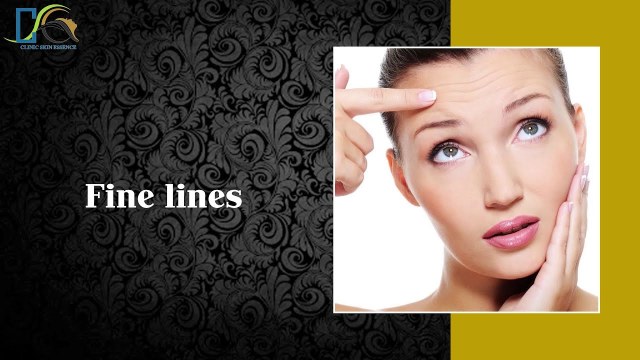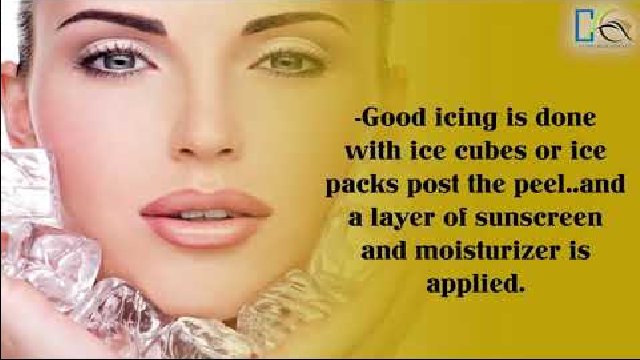Ideal candidate for Laser Resurfacing
Before providing the treatment, the dermatologist checks the medical history, conduct physical skin examination, and also discusses the patient's expectations, with the procedure.
- People who have fine lines and wrinkles on their forehead, around the eyes and mouth; acne scars, and other acne-related issues are ideal candidates for this procedure.
- People with active acne, suffering from autoimmune disease, have a very dark skin tone, should not opt for this procedure.
The Procedure
It is an outpatient procedure. In the first step, cleansing of the skin is done for the removal of excess oil, dust, and bacteria. A numbing cream is applied to the skin to minimise any discomfort and reduce the pain during the procedure. The laser light is directed at the skin, and the treatment begins by using the selected laser that is applied and moved around the target skin area. Laser resurfacing aims the topmost layer of the skin while heating the inner layer of the skin simultaneously. This procedure causes the formation of collagen. Newly formed collagen gives the skin smoother texture.
After the treatment, the skin is itchy and red. The ointment and ice packs are applied to minimize pain. Once the skin healing is completed, the immediate difference in skin quality and appearance is visible.
A series of treatments are required to prepare the skin prior to the laser resurfacing procedure. It may enhance the tolerance power of the skin and reduce the risk of side effects.
The result of the treatment will continue to improve for up to a year. While the effects of laser resurfacing can last for many years. Repeat laser resurfacing sessions may be recommended as with age wrinkles and fine lines will recur.
Potential side effects and risks of Laser Resurfacing
- Infection
- Swelling
- Redness
- Burning and bump
- Hyperpigmentation
- Scars
Most of these side effects are only temporary and can be managed by an expert dermatologist.
After treatment care
People can reduce the risks and side effects by following post-care instructions. Recovery time depends on the treatment area of the skin but it generally takes about a couple of weeks. Slight peeling would take place. One can use ice packs to reduce swelling. The skin will become red or pink for a few weeks after treatment. Apply sunscreen and minimize sun exposure, as the skin may become sun-sensitive after such treatments. Treated skin may show redness and scab over. If scabbing takes place, do not remove the scabs and apply vaseline and oil-free makeup, under the guidance of a dermatologist.
Frequently Asked Questions
There’s no specific laser which can be considered as the best one. A skincare expert can determine the same after analysing the skin and understanding the patient’s skin concerns.
As mentioned earlier, anaesthetic is applied to minimise any discomfort or pain during the procedure. Post-procedure skin will be sensitive so using a good sunscreen and ointments are recommended.

